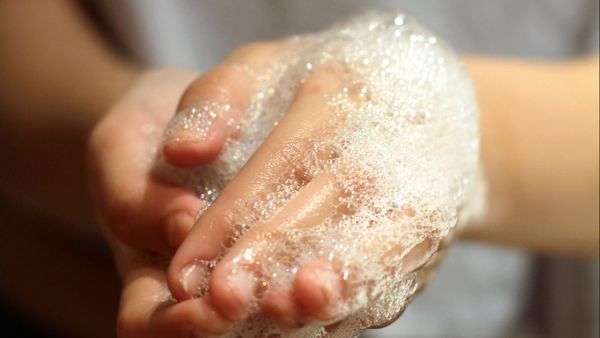Another study, published Nov. 30, 2015, in the Journal of Applied Microbiology compared different hand-drying methods and their effect on germ dispersal.
Researchers discovered that those deafening jet air dryers — touted by manufacturers for their cleanliness — can actually spread viruses across a distance of nearly 10 feet (3 meters). The jet air dryers are activated when a person vertically inserts their hands inside the machine, causing powerful air jets to turn on. However, researchers found that these air jets spread viral plaques, which are groups of clumped viruses, at a rate 1,300 times more than paper towels. The study did not investigate the distribution of bacteria, which are bigger than viruses.
The findings were recorded after participants dipped gloved hands into a solution that included an innocuous virus. Participants then shook excess liquid off their gloves and used one of three drying methods: paper towels, warm air dryers and jet dryers. Researchers then collected air samples at a variety of distances from each type of dryer. They also used petri dishes to collect viruses that landed on surfaces adjacent to the drying stations. In the end, the jet air dryer spread viruses the farthest.
The implications are significant, not only for people who cringe at the idea of making a public restroom "germier," but also for hospitals whose business is making people well.
Not so fast, says Dyson, the company makes the popular Airblade jet air dryers. In 2008, the Dyson jet air dryer was the first such product to earn accreditation from the Royal Society for Public Health. Dyson argues that 2015 research found that up to 88 percent of unused paper towels tested in the U.S. contain bacteria, which can transfer to hands.
Dyson also contends that the Journal of Applied Microbiology study artificially inflated germ concentrations. In a real-life situation, the company says, most people would not have the sheer number of viruses on their hands as was used in the study, nor would they stick their unwashed, virus-coated hands in a jet dryer without rinsing and cleaning first.


